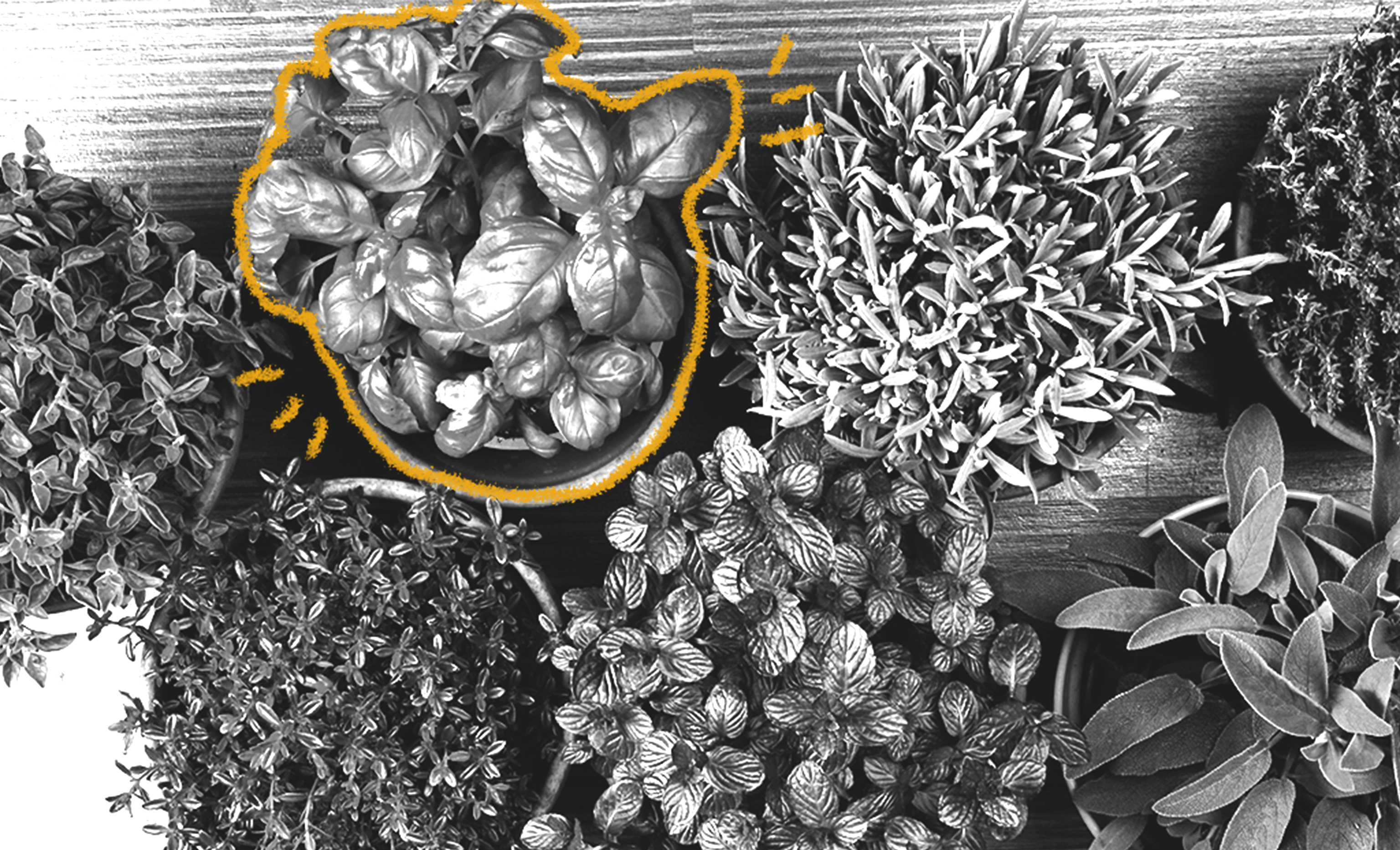Basil is one of the most widely used herbs in the world. It’s thought to have originated in India over 5,000 years ago, but there is also some evidence to suggest that sweet basil was being cultivated in the Hunan region of China around 807 A.D. Eventually, basil migrated westward, in part because it could easily be cultivated indoors when harsh weather would otherwise have limited its viability. Over time, different varieties of basil have become synonymous with certain cuisines. For example, sweet basil is a familiar flavoring in Italian dishes, while Thai basil, lemon basil, and holy basil are considered staple flavorings in many Asian culinary traditions. In addition to its use as a culinary herb, basil also has a long history of alternative uses in society. It’s thought that basil was used as an embalming and preserving herb in ancient Egypt. In ancient Greece, it was considered a symbol of mourning. In Jewish folklore, the herb is believed to add strength while fasting, and in Portuguese culture, basil plants are often incorporated into gifts traditionally given to sweethearts on certain religious holidays. Basil also has a long history in traditional medicinal practices such as Ayurveda. Today, basil remains one of the most popular culinary herbs in the world and is also used for perfume, incense, and various herbal holistic remedies.

Your go-to guide for weird history facts
Subscribe to the FREE daily email that makes learning about history fun.


